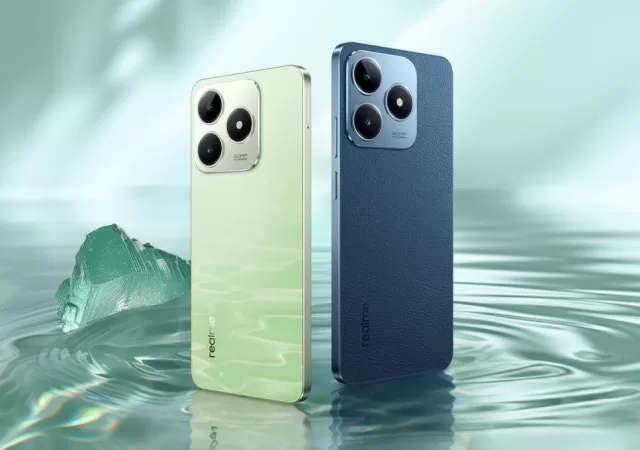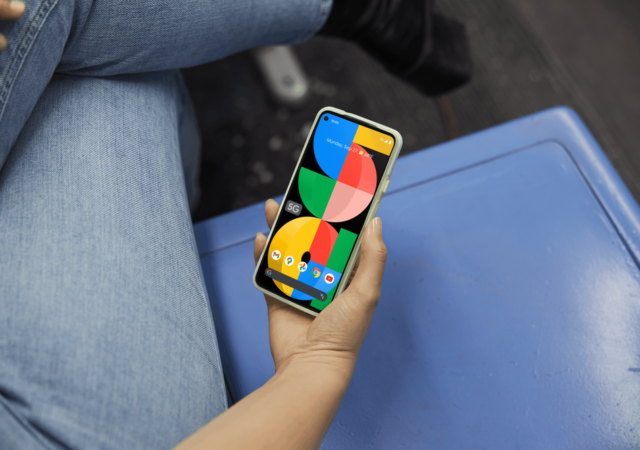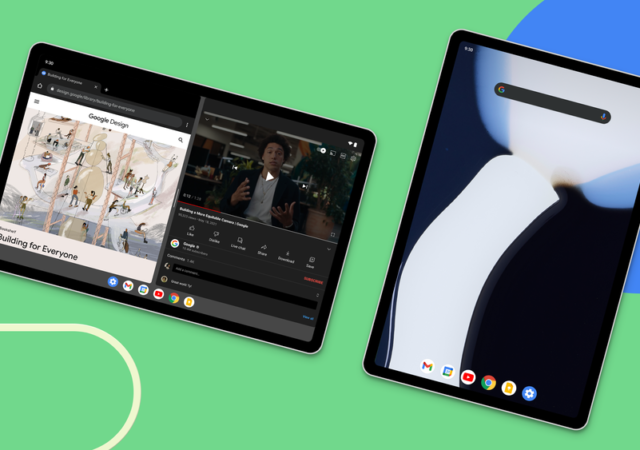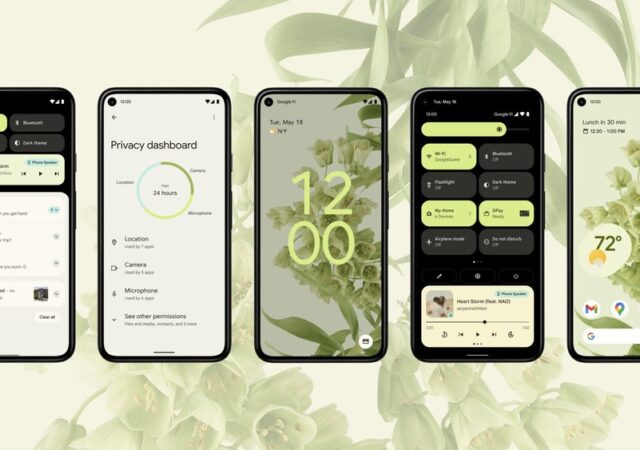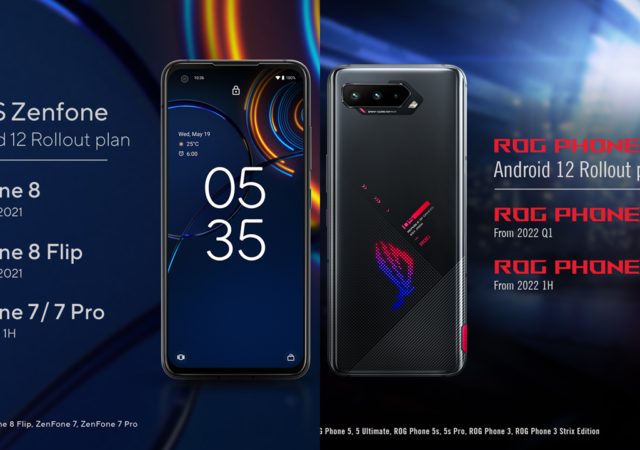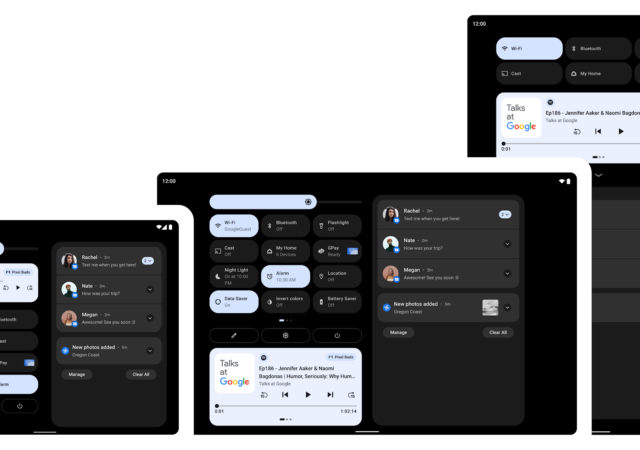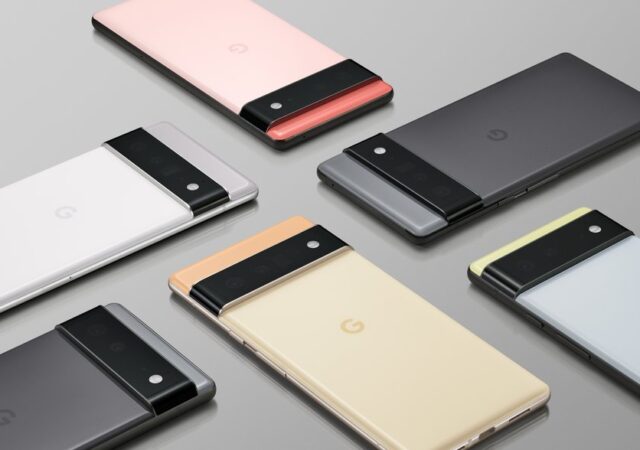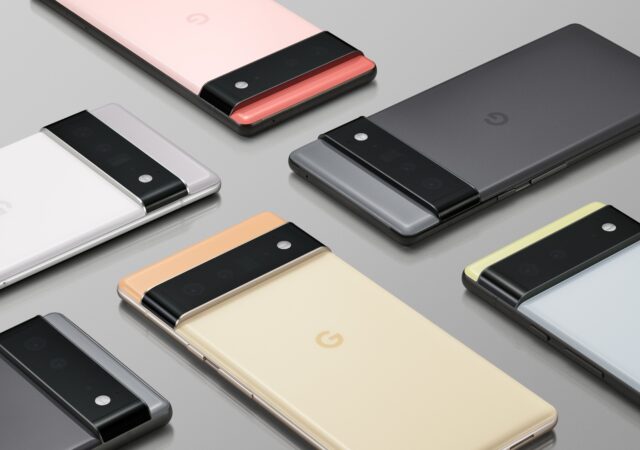Realme announces the budget friendly Realme C63 in Indonesia with entry level specs and a guarantee of 4 years of smooth performance.
Soon, Every App on Google Play Store Will Be New Updated Apps
Google is introducing a new security measure for apps in the Google Play Store. The new update will hide old apps from users.
Android 12L is Here for Pixel Devices! But isn’t it for Tablets?
Google introduced their 12th generation of Android in 2021 and it looked promising. It was not a major change to how Android worked, as we have covered, but more of small improvements that added up to affect the total experience…
Android 12 Based One UI 4.0 is Coming to Samsung Galaxy S21 Devices Near You
Samsung is starting to roll out their Android 12 based One UI 4.0 on the Samsung Galaxy S21 devices with more to follow in the coming months.
ASUS Announces Android 12 Upgrade Plans
ASUS confirms its Android 12 upgrade roadmap for the Zenfone and ROG Phone line ups.
Android is FINALLY Optimizing for Larger Screens with Android 12L
Google finally works on improving the Android experience on tablets and foldables with the release of Android 12L.
The Google Pixel 6 and Pixel 6 Pro are Here – Meet Google’s Most Powerful Smartphone ever
Google launches their most advanced Pixel ever, the Google Pixel 6 and Pixel 6 Pro with Google’s Tensor for US$ 599 onward.
OnePlus and OPPO Unifies – OnePlus 2.0 Era is Here
OPPO and OnePlus are now merging and working together to develop a unified platform to replace ColorOS and OxygenOS.
Google’s Pixel 5a Launches While the Google Pixel 5 and 4a 5G Discontinues
Google launches the Pixel 5a last week. They also announced that the Google Pixel 5 and Pixel 4a 5G will be discontinued.
Google Confirms the Pixel 6 and Pixel 6 Pro: This is What Google’s Next Smartphone Looks Like
Google unveils their new flagship smartphone in the Pixel 6 and Pixel 6 Pro powered by the the first Google Tensor processor.



